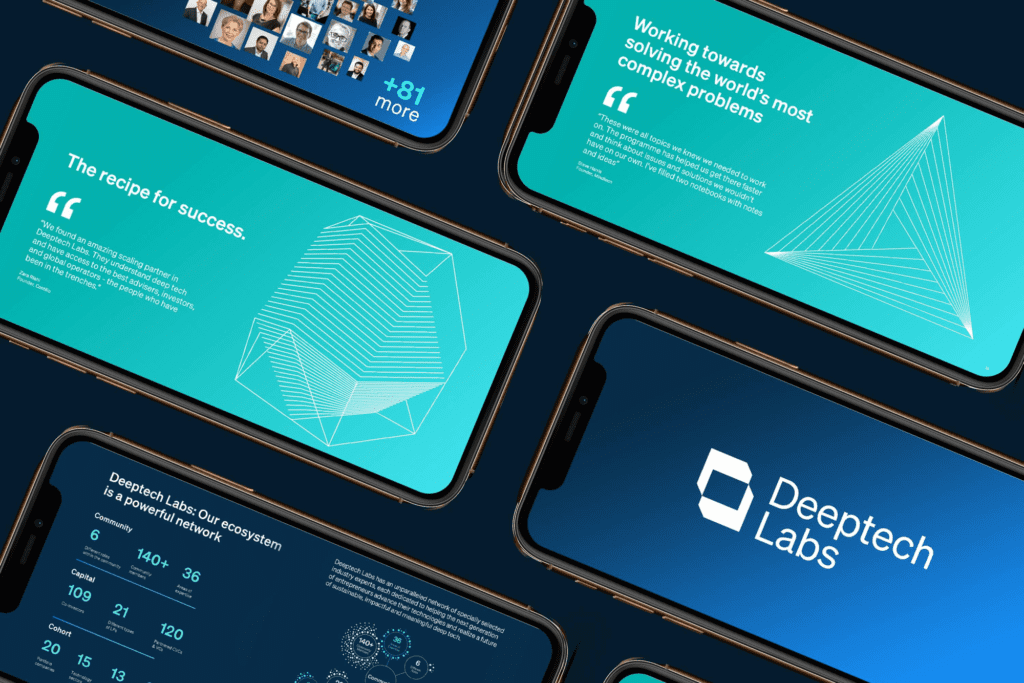For as long as man has been trading they’ve needed a method of promoting - or marketing - their goods. Printed brochures, flyers, pamphlets and catalogues have been a go-to marketing vehicle since print-on-demand became affordable around the 1980s.
Since then these brochures have evolved into interactive digital documents, instantly accessible from mobile devices. However, we’ve also seen that over the past 15 years, printed brochures have themselves experienced a renaissance.
Hence the question: Are brochures still effective?
What is a brochure?
Providing information about a company’s products or services, a brochure is a magazine or a small book packed full of beautiful photography and informational text. Derived from the Fench word ‘brocher’, meaning ‘to stitch’, these documents are often glossy and printed in full colour.
Although promotional in outlook, brochures can have different purposes, depending on the business needs. Some are to sell a product. Others introduce a company or look to attract new members or staff. Traditionally, holiday brochures have been used to sell an experience. But brochures are not confined to business settings. They can be used across sectors, and appeal to all generations.
Examples of brochures include:
- Product sales brochure
- Company profile brochure
- Travel brochure
- Recruitment brochure
- Property brochure
- Internal staff engagement brochure
Printed in different shapes and sizes, a brochure can be anything from a couple of pages to over 100. Increasingly, these documents are available in digital formats, be that a pdf, flipbook, or a dedicated microsite.
For products that require less information to promote them, a leaflet or flyer may be more effective. Available as bi-fold or tri-fold, or even Z fold or gatefold, a flyer can communicate all the important information using different sections on a single sheet of paper.

Why are brochures effective
Before we can answer the question ‘are brochures still effective’, we need to look at the bigger question: ‘Why are brochures effective?’.
There are many features of a brochure that make them appealing to an audience.
Firstly, they’re visually appealing. Research has shown that the human brain processes imagery 60,000 times faster than text. Being packed full of inspirational images, brochures can quickly sell a dream. Think of a travel brochure where beautiful photographs of the hotel pool can almost have you tasting the cocktails and feeling the sun on your back. Likewise smiling employees in a recruitment brochure reaffirm your hunch that this office is a fun place to work. Images are impactful, meaning brochures are impactful.
They’re also full of sales copy. Well-written text can back up the feelings conjured up by images. This is effective in product catalogues where the benefits of a product can be listed or described in detail. In company profiles, the narrative can tell the story behind the brand and its purpose. Brochures take the reader on a journey – one that steers them towards a sale or action through emotional connection.
Unlike social media posts, brochures are longer-form content which is intended to be downloaded and kept, especially in their printed form. Research shows that 37% of printed catalogues remain in the home for longer than four weeks. This longevity is one of the key reasons why brochures are effective.
So, Are brochures still effective?
While it’s easy to believe that brochures are outdated in the digital era, that assumption would be wrong. Research by Harvard Business Review has shown that response rates from catalogues have increased by 170% from 2004 to 2018.
Likewise, studies from the Data & Marketing Association have shown that the response rate for catalogues has increased in recent years in part because millennials happen to like catalogues more than other age groups do.
As the amount of mail we receive goes down, so the interaction with that we do receive goes up. In an era of bloated email clients and increased numbers of sponsored ads on social media, direct mail is increasing in popularity. So much so that online-only retailers, such as Wayfair and Amazon, are producing printed brochures.
With the HBR study citing the example of a luxury watch and jewellery ecommerce retailer yielding a direct ROI of 600% as a result of a bi-monthly catalogue campaign, it’s easy to see why brochures are still effective in 2022.















































